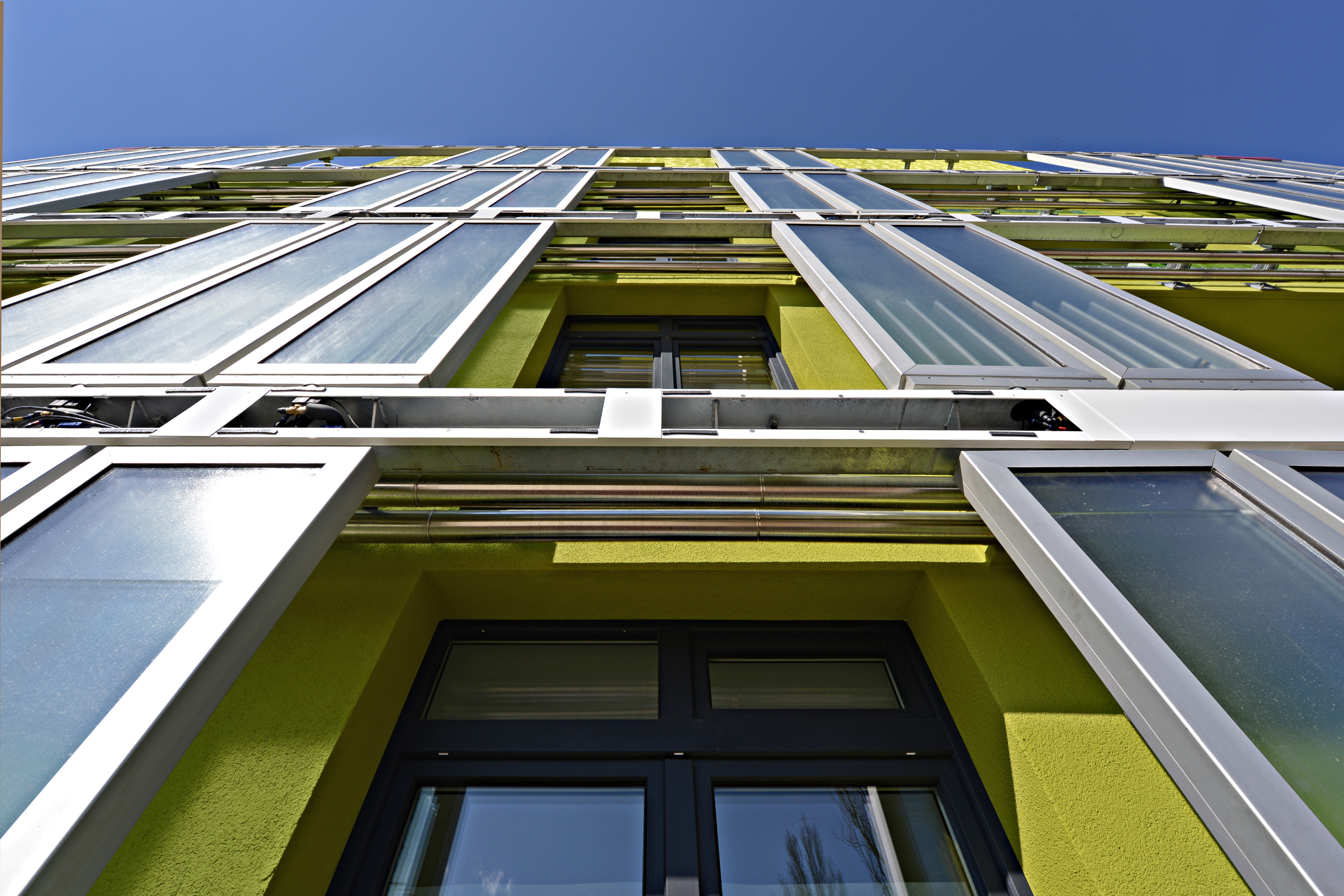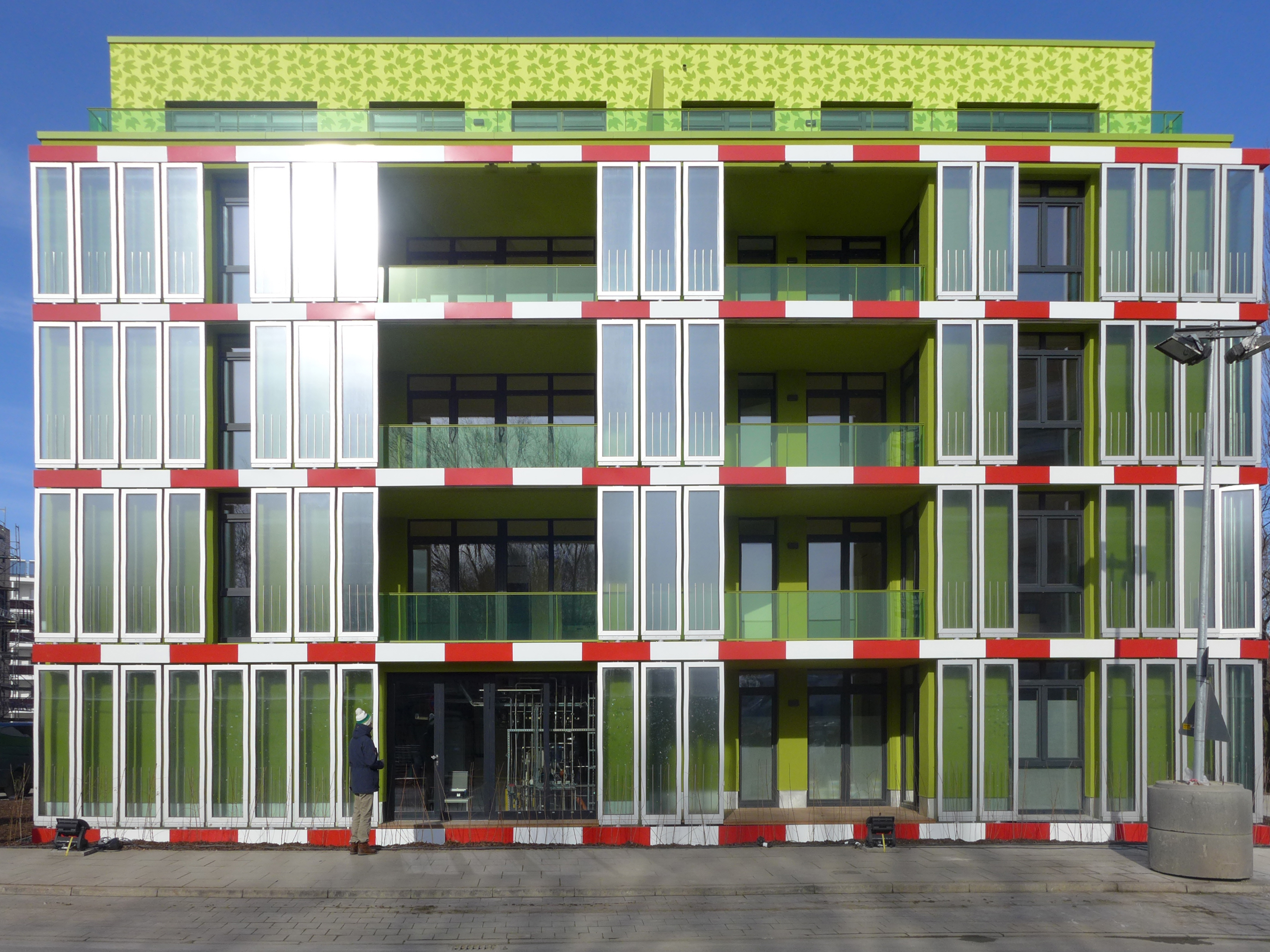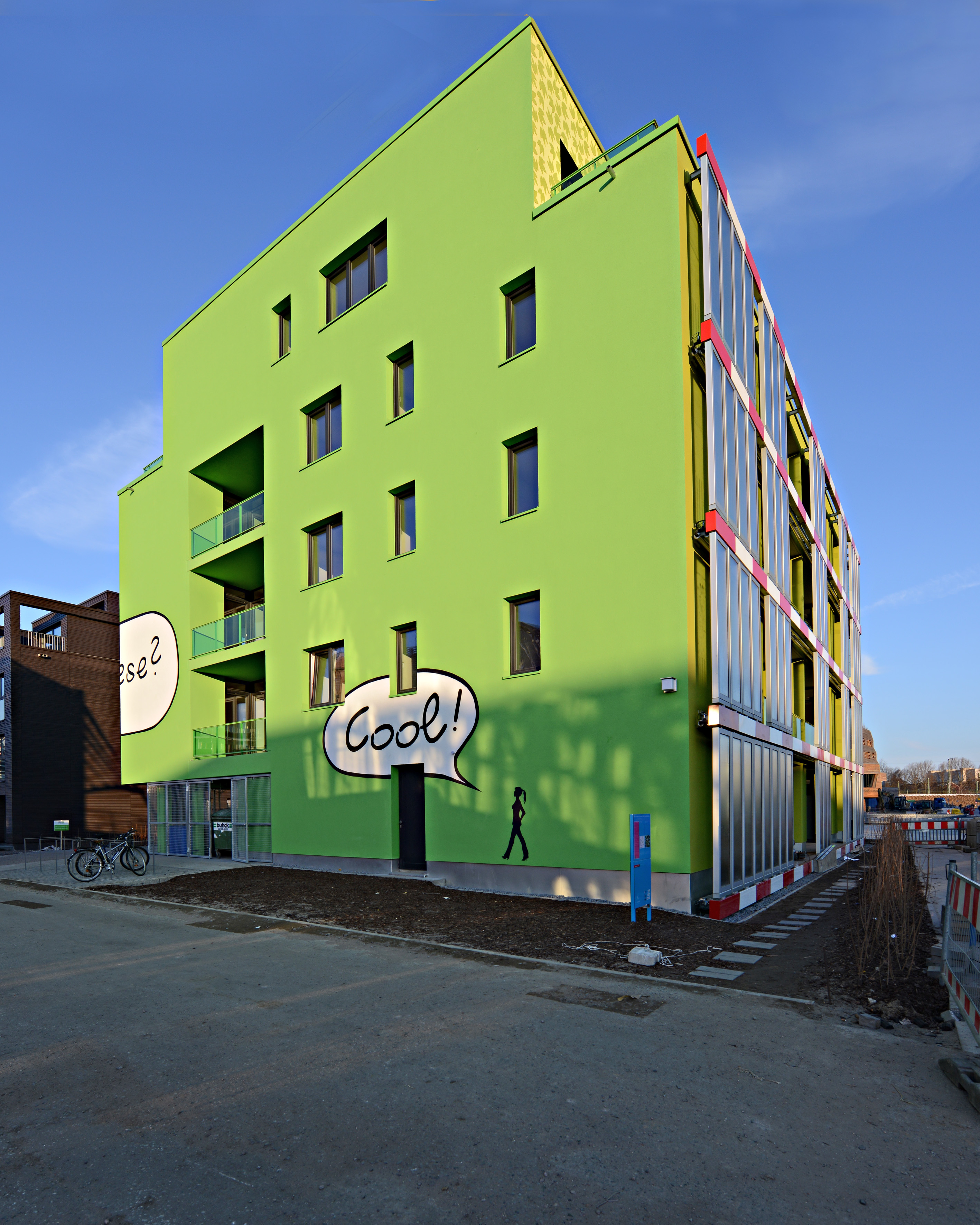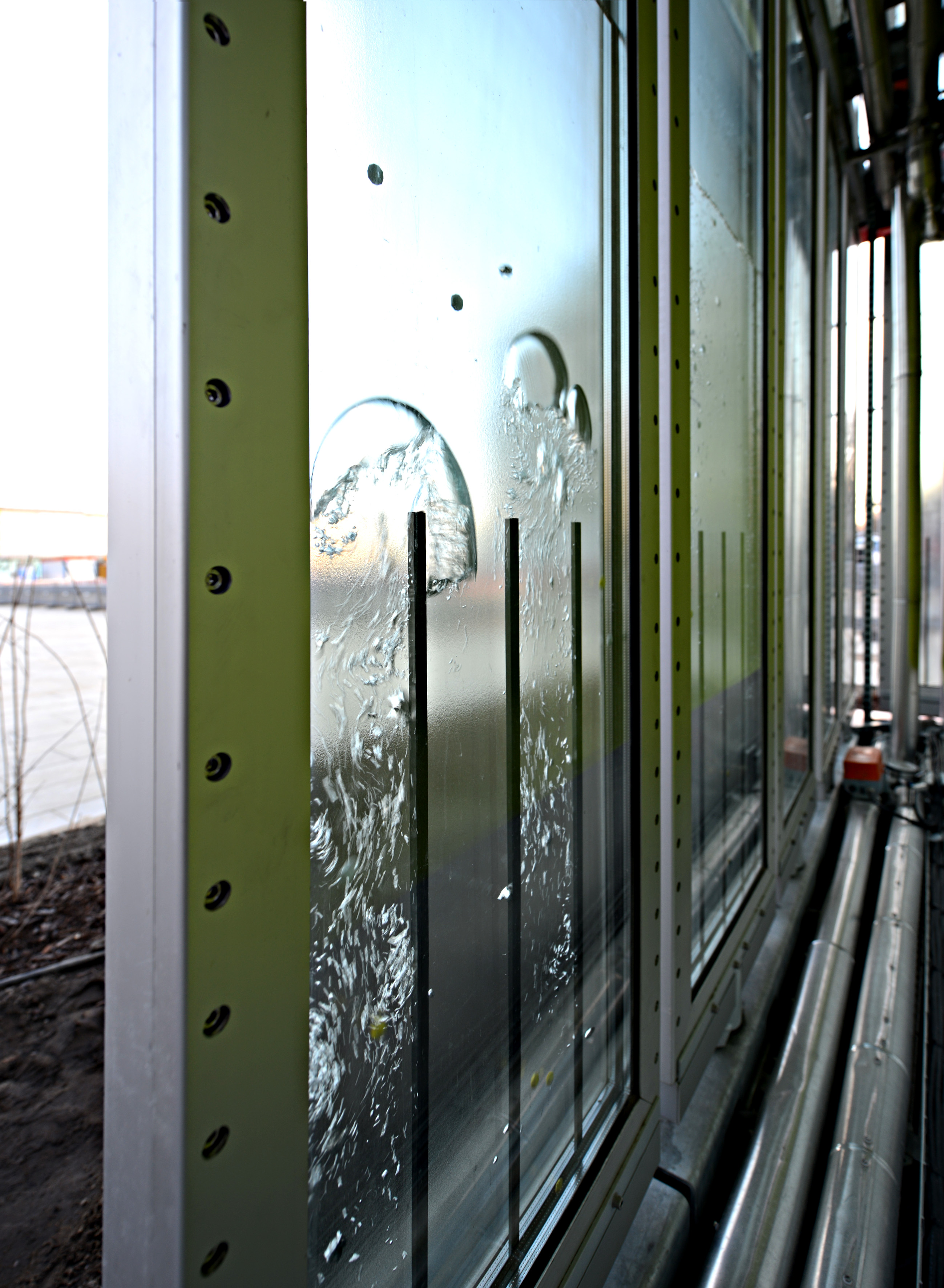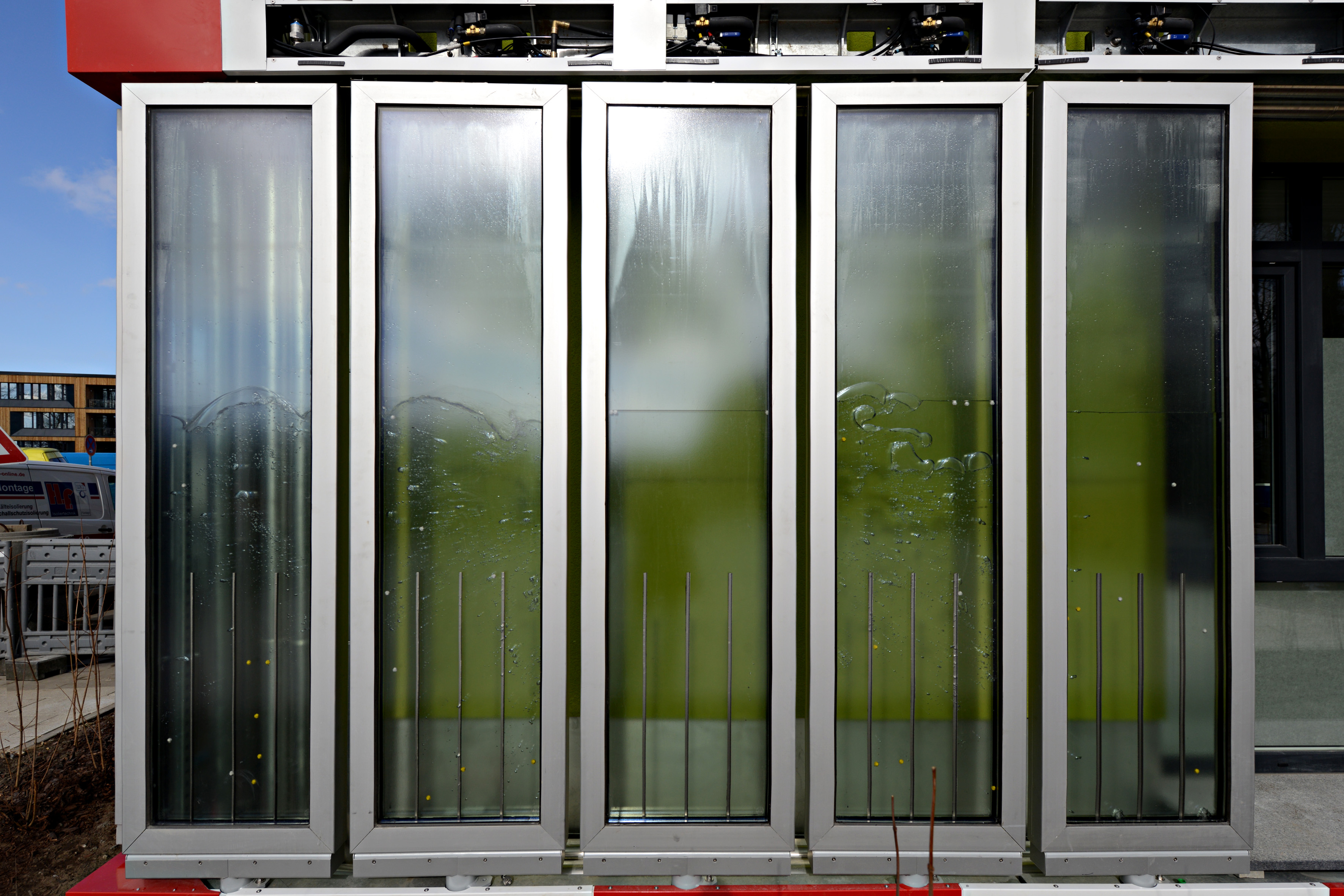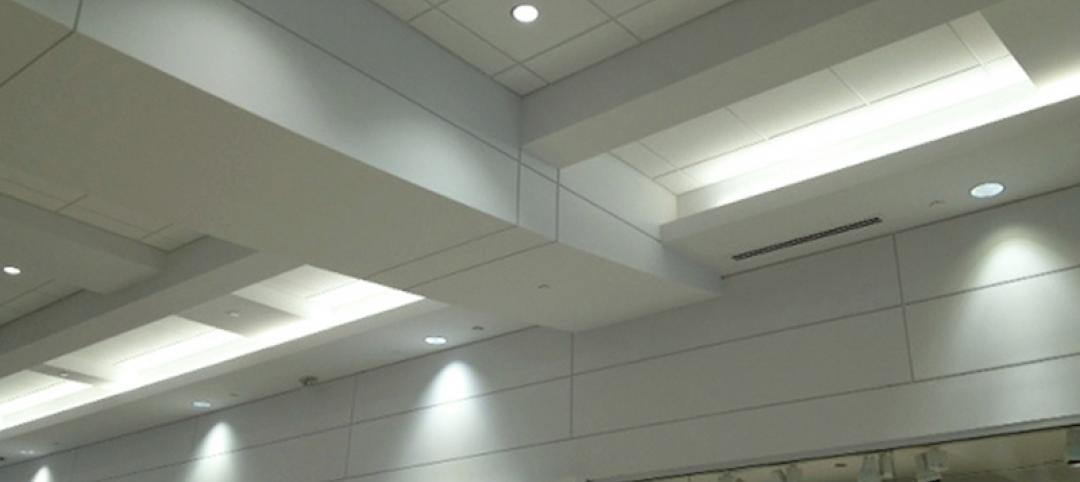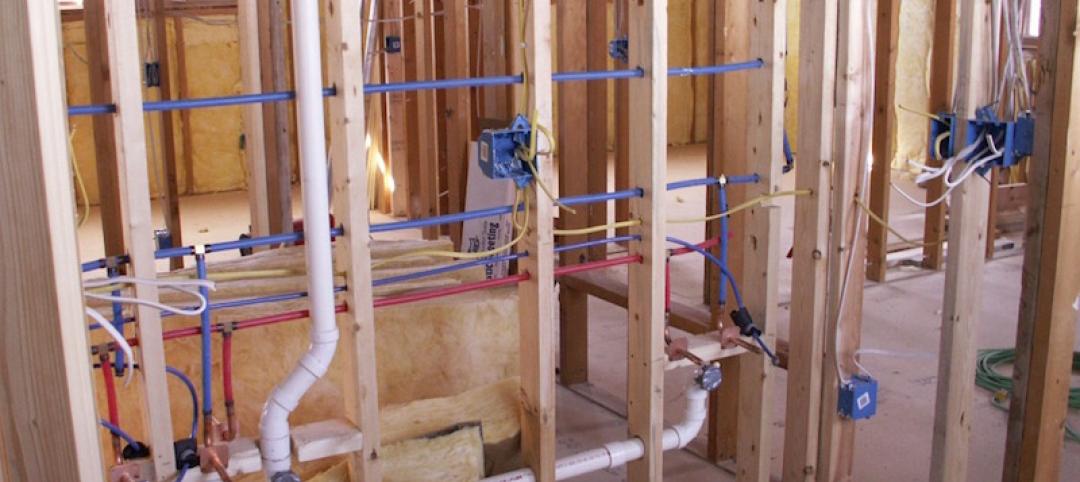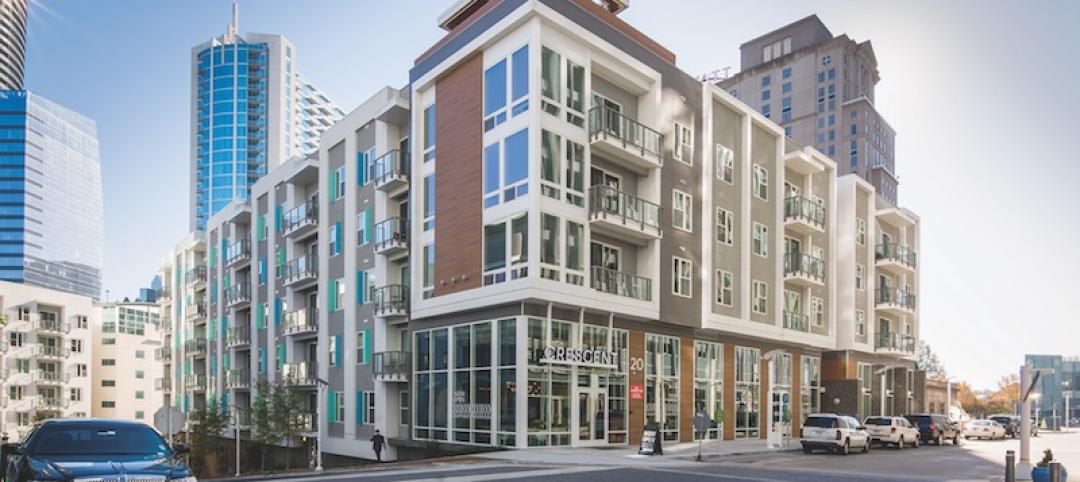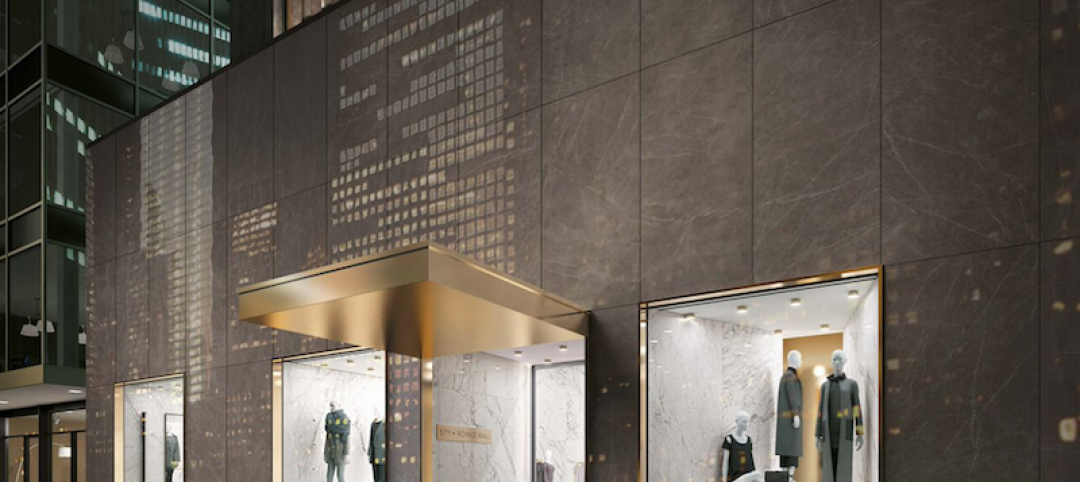Related Stories
Market Data | Mar 22, 2017
After a strong year, construction industry anxious about Washington’s proposed policy shifts
Impacts on labor and materials costs at issue, according to latest JLL report.
Sponsored | Building Materials | Mar 20, 2017
Vinyl reveals meet increasing demand
With a tight school renovation budget and timeline, the Oak Grove Elementary cafeteria, designed by RuckPate Architects/CS2 Designs, utilized Architectural Reveals to build curving soffits with a racing stripe reveal design.
Building Materials | Mar 13, 2017
11 transmaterials highlight the coming generation of building products
Fiber-reinforced plastic, 3D-printed stone, and programmable ink tiles are a few materials coming down the pike for the AEC industry.
Building Materials | Mar 3, 2017
Perkins+Will white paper: Antimicrobial building products should be avoided whenever possible
Antimicrobial products contain ingredients that may have adverse environmental or human health impacts.
Building Materials | Feb 15, 2017
New metamaterial cools roofs without any energy consumption
The material is barely thicker than aluminum foil and can be economically manufactured for large-scale residential and commercial applications.
Sponsored | Building Materials | Jan 17, 2017
Handbook of Architectural Expansion Joints & Fire Barriers
Building Materials | Jan 9, 2017
Architects and researchers are developing new techniques for building in space
As setting foot on Mars becomes a more realistic goal, the search for how to best develop Architecture for the Red Planet is heating up.
Walls and Partitions | Dec 14, 2016
New wall system eliminates the need for most studs
The company, BamCore, says its new product can save money and quicken the framing process.
75 Top Building Products | Dec 7, 2016
101 Top Products: Building Envelope
Among the best building envelope products included in BD+C's inaugural Top 101 Products report are BASF's Neopor Plus Insulation, Dri-Design's Shadow Series Aluminum Panels, and Garland's Optimax Roof Membrane.
Building Materials | Dec 2, 2016
These are the top 10 tile trends to keep an eye on in 2017
Design styles such as bits & pieces, gritty chic, and metallics are among the ten tile trends to watch as we enter 2017.


